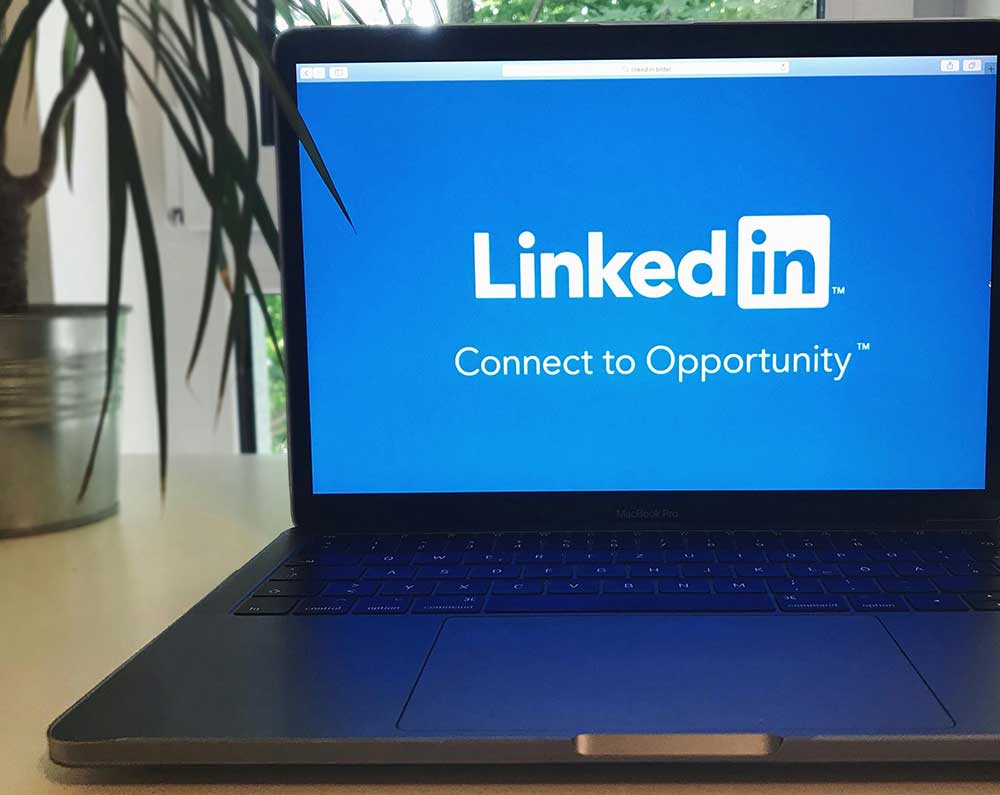Insights

How does the LinkedIn algorithm work for organic posts?
LinkedIn’s organic post algorithm is designed to prioritise content that drives meaningful engagement and keeps users on the platform.
Initial Filtering
Before a LinkedIn post is shown to others, LinkedIn's algorithm performs a quick scan to classify it. This initial scan assesses the post's relevance, readability, and overall quality to determine its potential reach and visibility.
Spam or low-quality content
The algorithm scans a post for clickbait, promotional content or if it violates community guidelines in general.
Things that can flag your post as spam are:
- Irrelevant content
- External links
- Excessive emojis, tags or hashtags
- Incorrect grammar
- Frequency of posting
High-quality content
Content that is judged as high-quality is relevant, informative, engaging and tailored to the specific audience.
Key Characteristics of High-Quality Content are:
- Relevance and value
- Originality and accuracy
- Authenticity and transparency
- Clarity and structure
- Engagement and interactivity
- Visual appeal
Once classified as quality content, the post is shown to a segment of your network including followers and connections.
Early Engagement Testing
The algorithm shows your post to a small subset of your network to see how users respond.
Early engagement in the first 1-2 hours is critical.
Key factors here are:
- Reactions: likes, claps, hearts, etc.
- Comments: thoughtful comments are valued more than emojis or one-word responses.
- Shares: indicates the content is valuable to others.
- Click-throughs: if you post a link, clicks to the link matter.
- Dwell time: if people stop scrolling and spend time reading, it’s a positive signal.
Scoring and Ranking
LinkedIn assigns a relevance score to your posts based on how likely users are to engage with it. This score helps determine how widely your post is distributed in users' feeds.
Factors are based on:
- The quality signals from the early engagement
- Comments and Reactions: meaningful conversations weigh more.
- CShares and Likes : posts that people want to amplify get extra reach.
- CReplies to comments: boosts the post because it signals discussion.
- Your relationship with the audience (connection strength)
- Direct connections
- Past interactions (comments, likes, messages)
- Profile views or searches
- Profile authority (how active and credible your profile/page is)
- How often you post and get engagements
- Profile completeness
- Industry expertise (keywords in your profile and post)
Feed Distribution
If a post scores well, it gets shown to a broader audience, including second and third-degree connections. It may also appear in groups or in hashtag feeds.
Lifespan of a Post
Posts normally get the most reach in the first 24–48 hours.
Strong engagement can prolong visibility and even older posts can still show in feeds if they continue to get comments or shares.
What Content does LinkedIn Prefer?
LinkedIn prioritises content that is professional, insightful and engaging, with an emphasis on fostering connections and showcasing expertise in a professional context.
High-performing post types include industry insights, thought leadership articles, educational resources, personal stories with a professional perspective and interactive formats such as polls or thought provoking questions.
Use of hashtags
It's generally recommended to use 3 to 5 hashtags per post. While there's no hard limit, using too many can make your content appear spammy and decrease engagement.
Hashtags should be relevant and align with the content and target audience.
Tagging connections
It’s best to be selective when tagging connections on LinkedIn posts. Tagging too many people can also feel spammy and hurt engagement rather than helping it.
It's generally recommended to only tag 2–5 relevant connections per post. Best to focus on people directly related to the topic, mentioned in the post or likely to add value to the conversation.
Key Takeaways for Organic Success on LinkedIn
To maximize post engagement, you should focus on creating high-quality, valuable content that resonates with your target audience.
- Post high-quality, engaging content that sparks conversations.
- Use native content types such as video, documents or images to maximise reach.
- Engage with your audience early by replying to comments quickly.
- Share content at times when your audience is most active.
- Avoid spammy behavior or clickbait, as this reduces visibility.
- Use 3 to 5 relevant hashtags to increase discoverability.
- Focus on delivering value over direct promotion, since LinkedIn favors content that educates, informs or inspires.
Related articles
What is the best time to post on Facebook, Twitter, Instagram and LinkedIn?
